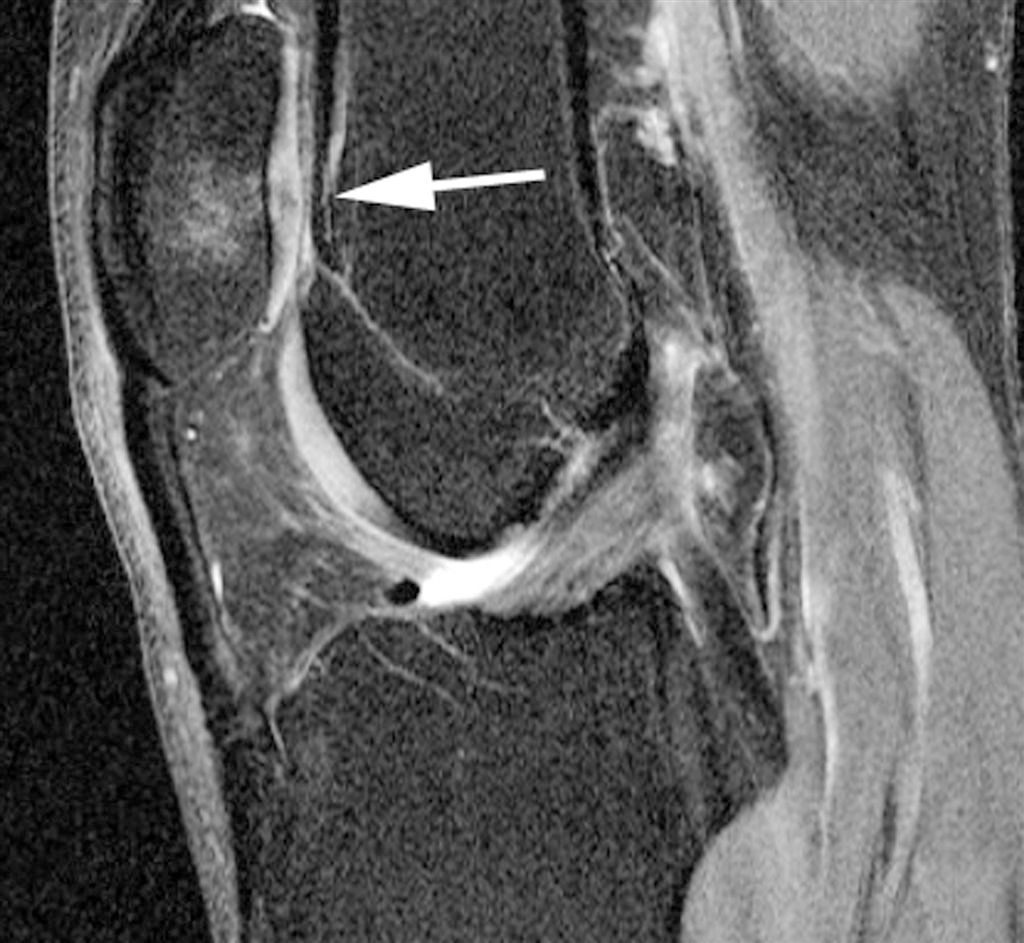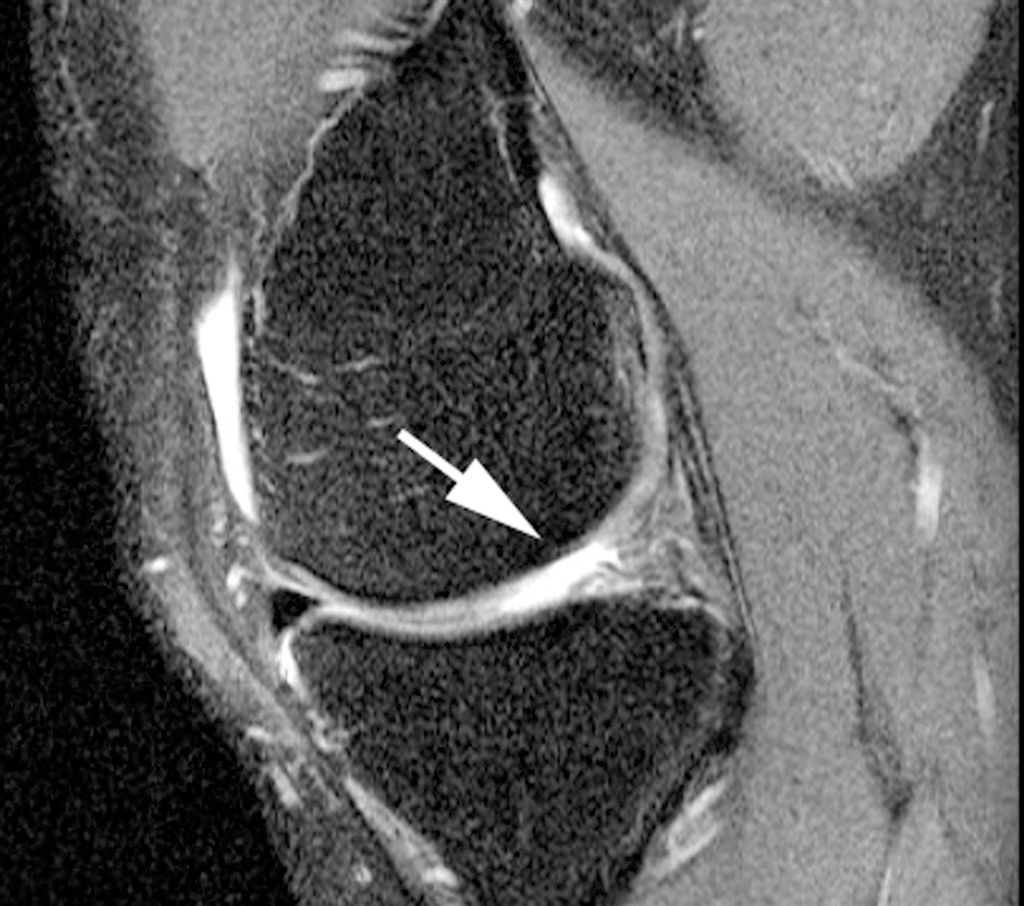3T MRI unveils links between physical exertion, osteoarthritis
Using 3T MR imaging, California researchers have found that high levels of physical activity may be linked to knee abnormalities in middle-aged men and women. People between the ages of 45 and 55 who engage in several hours of walking, sports, or other types of exercise per week may be at greater risk of developing osteoarthritis than less active adults, according to a study presented Monday at the 2009 RSNA meeting.
Using 3T MR imaging, California researchers have found that high levels of physical activity may be linked to knee abnormalities in middle-aged men and women. People between the ages of 45 and 55 who engage in several hours of walking, sports, or other types of exercise per week may be at greater risk of developing osteoarthritis than less active adults, according to a study presented Monday at the 2009 RSNA meeting.
The investigation highlighted the need for further studies to evaluate the types of exercise that are most associated with knee abnormalities, according to lead researcher Dr. Christoph Stehling, a research fellow in the radiology and biomedical imaging department at the University of California, San Francisco.
Two hundred thirty-six asymptomatic participants with normal body mass indexes were separated into low-, middle- and high-activity groups based on their responses to a physical activity questionnaire. The subjects underwent 3T MRI to test for knee abnormalities.


The study found that those in the high-activity group were more likely to suffer from meniscal lesions, cartilage lesions, ligament lesions, and bone marrow edema. Seventy-five percent of subjects in the medium-activity group suffered from cartilage lesions compared with more than 90% of those in the high-activity group.
“We have to interpret the findings cautiously,” said Dr. Thomas M. Link, a coauthor of the study. “What I see in my daily practice is that all extremes in activity are really bad.”
The association between physical activity and knee abnormality is not completely understood and researchers still ignore the cause of these abnormalities. Results were nonetheless surprising and indicate there is a relationship, Stehling said.
Some activities were inherently riskier than others, however. Previous studies by Stehling’s group suggest that high-impact, weight-bearing physical activity, such as running and jumping, may be worse for cartilage health.
“Conversely, low-impact activities, such as swimming and cycling, may protect diseased cartilage and prevent healthy cartilage from developing disease,” he said.
Could Ultrafast MRI Enhance Detection of Malignant Foci for Breast Cancer?
April 10th 2025In a new study involving over 120 women, nearly two-thirds of whom had a family history of breast cancer, ultrafast MRI findings revealed a 5 percent increase in malignancy risk for each second increase in the difference between lesion and background parenchymal enhancement (BPE) time to enhancement (TTE).
MRI Study Suggests Shape of White Matter Hyperintensities May Be Predictive of Cognitive Decline
April 7th 2025Emerging research demonstrated that cognitive declines in memory, executive function and processing speed domains were associated with irregular shape of periventricular/confluent white matter hyperintensities.
Can Abbreviated MRI Have an Impact in Rectal Cancer Staging?
April 4th 2025Abbreviated MRI demonstrated a 95.3 percent specificity for rectal cancer and provided strong agreement with the full MRI protocol for T staging and detection of extramural venous invasion, according to newly published research.